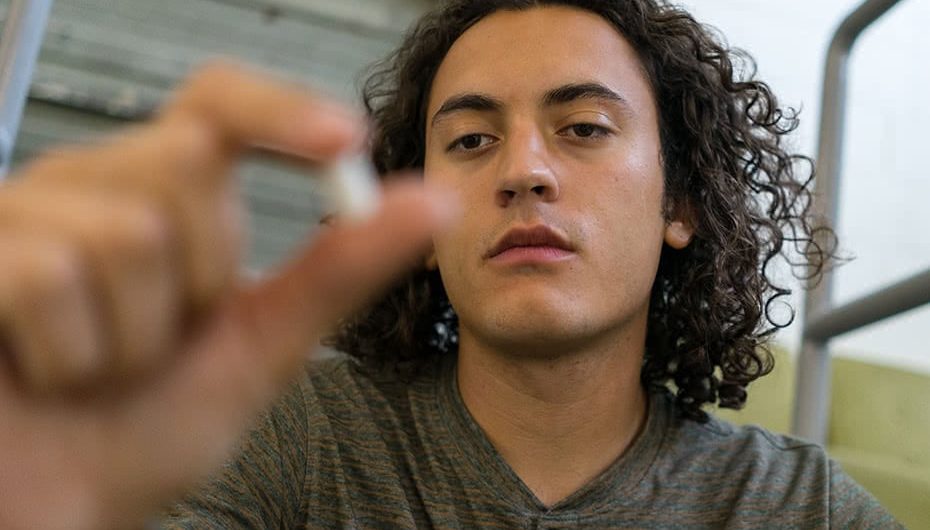Tranquilizers, also referred to as sedatives, sleeping pills, downers and depressants, are drugs that depress the central nervous system. Drugs that are classified as tranquilizers include barbiturates, benzodiazepines, some anti-depressants, anti-psychotics and other drugs. Tranquilizers are used for a variety of medical purposes in psychiatry and anesthesiology. Some tranquilizers have a high potential for abuse and are highly addictive.
Tranquilizer Facts
Tranquilizer is a broad drug classification that can be broken up into three different groups: major tranquilizers, minor tranquilizers and others. The terms ‘major tranquilizers’ and ‘minor tranquilizers’ are becoming unpopular among the medical community. Using these terms implies that there is a connection between minor and major tranquilizers, when there is not. Although they are both groups of central nervous system depressants, their mechanisms of action, medical uses and abuse potential are very different.
Major Tranquilizers
Major tranquilizers, also called anti-psychotics, are used to treat mental illness. They are often prescribed in the treatment of schizophrenia, delusional disorder, mania or any other condition in which psychosis is present. They are sometimes prescribed to mood disorder patients in the absence of psychosis. Major tranquilizers are non-addictive and have very little potential for abuse.
Major Tranquilizers Include:
- Phenothiazines
- Thioxanthenes
- Butyrophenones
- Phenothiazines
- Piperazine compounds
- Piperidine compounds
Brand Name Major Tranquilizers Include:
- Haldol
- Thorazine
- Prolixin
- Etrafon
- Compazine
Minor Tranquilizers
Minor tranquilizers are classified as benzodiazepines. Benzodiazepines have many therapeutic uses including the treatment of anxiety, insomnia, seizures, muscle spasms and alcohol withdrawal. They are frequently abused and highly addictive. Unlike major tranquilizers, they do have the ability to produce euphoria when abused. Users who are dependent on benzodiazepines suffer painful withdrawal symptoms in the absence of the drug.
Minor Tranquilizers Include:
- Alprazolam
- Diazepam
- Fluitrazepam
- Lorazepam
Brand Name Minor Tranquilizers Include:
Barbiturates are another class of drugs that are sometimes referred to as tranquilizers. Barbiturates have been used in the past for their hypnotic and anti-anxiety effects. Recently, they have been replaced by benzodiazepines for use in these purposes because benzodiazepines have less potential for abuse, are less likely to cause a lethal overdose and have less severe drug side effects. According to a 1984 report by the National Institute on Drug Abuse, barbiturates are a factor in one third of all reported drug-related deaths. Barbiturates are still frequently used in the treatment of seizure disorders. Drugs in the barbiturate class include amobarbital, penobarbital, and secobarbital. Trade names include Amytal, Nembutal and Seconal.
Tranquilizer Abuse
Barbiturates and benzodiazepines are the most abused of all tranquilizers. Their non-medical or ‘recreational’ use has become widespread. In a dangerous practice, they are sometimes taken in combination with other depressants such as heroin. Many have died from the combination of depressants. Stimulant users often take them to ease the ‘come down’- the anxiety and discomfort that is experienced as stimulants wear off. Both barbiturates and benzodiazepines are psychologically and physically addictive. Users dependent on these substances experience withdrawal symptoms that can range from restlessness, insomnia to convulsions and death.


